If you have a dent in your car, you may be wondering the differences between paintless dent repair vs. traditional dent repair. Both methods have advantages and disadvantages, so it’s essential to understand the differences before deciding.
When fixing dents in your car, there are two main options: paintless dent repair (PDR) and traditional dent repair. While traditional dent repair involves filling and repainting the damaged area, paintless dent repair is a non-invasive technique that preserves your car’s original paint and finish.
In this blog post, we will explore the differences between these two methods and help you decide which is best for your needs. Whether you’re looking for a cost-effective or more comprehensive solution, we’ve got you covered.
Table of Contents
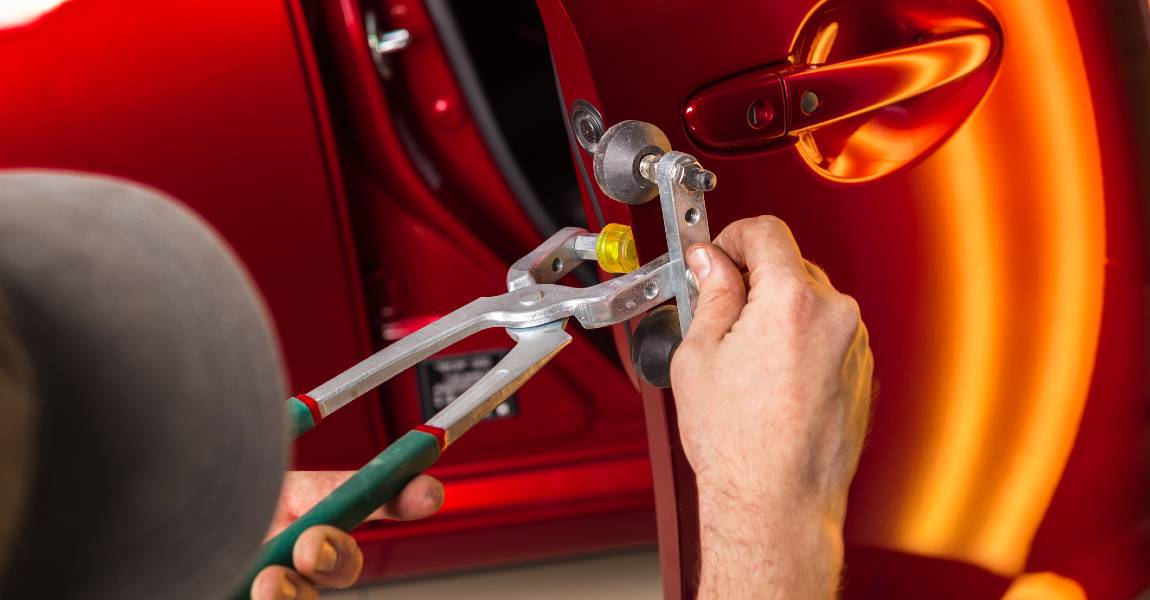
What is Paintless Dent Repair?
Paintless Dent Repair (PDR) is a technique used to remove dents from a vehicle without the need for traditional bodywork and repainting. It involves the use of special tools and techniques to carefully massage the dent back into its original shape, preserving the vehicle’s factory finish. PDR is a cost-effective and time-efficient solution for fixing minor dents and dings caused by hail storms, small accidents, or other impacts.
What is a Traditional Dent Repair Method?
Traditional dent repair refers to the conventional method of removing dents on a vehicle’s body panels without using specialized tools or techniques. In this process, the dent is typically accessed from the panel’s backside or by removing certain parts of the vehicle.
Skilled technicians use various tools such as:
- metal rods
- hammers
Auto body repair technicians use these tools to carefully push and massage the dent back into its original shape. The process may involve sanding, filling, and repainting the affected area to restore the vehicle’s appearance.
What are the Advantages of Paintless Dent Repair?
- Cost-effective: PDR is generally more affordable compared to conventional dent repair methods as it eliminates the need for costly materials such as paint and body fillers.
- Time-efficient: This method is typically faster than traditional repair methods, as it does not require extensive sanding, filling, and painting. The technician can often complete the dent removal within a few hours or less.
- Retains original paint: Paintless dent repair preserves the original factory paint on the vehicle, avoiding the need for color matching and repainting. This helps maintain the overall value and appearance of the vehicle.
- Environmentally friendly: Since no painting or use of harmful chemicals is involved, PDR is a more eco-friendly option compared to traditional methods. It reduces the release of volatile organic compounds (VOCs) into the environment.
- Versatile: It can be used to fix a variety of dents, including minor dings, hail damage, creases and even larger dents on certain areas of the vehicle, such as the quarter panel.
- Retains the vehicle’s original shape and structural integrity: Unlike traditional dent repair methods that may involve extensive sanding and filling, PDR does not compromise the vehicle’s structural integrity. The original metal is reshaped from the inside out, maintaining the strength and safety of the vehicle.
- Insurance benefits: Many insurance companies recognize the cost-effectiveness and efficiency of PDR and may cover the cost and often waive the deductible.
- Convenience: Paintless dent repair can often be done on-site, eliminating the need to leave the vehicle at a body shop for an extended period. Mobile paintless dent repair services are available, providing convenience for busy individuals.
- Higher resale value: By maintaining the original paint job and structural integrity of the vehicle helps to preserve the resale value. A well-maintained exterior with minimal dents and dings can attract higher offers from potential buyers.
- Professional results: When performed by a skilled and experienced technician, paintless repair can achieve seamless results, making the dents virtually invisible. This restores the vehicle’s appearance and enhances its aesthetic appeal.
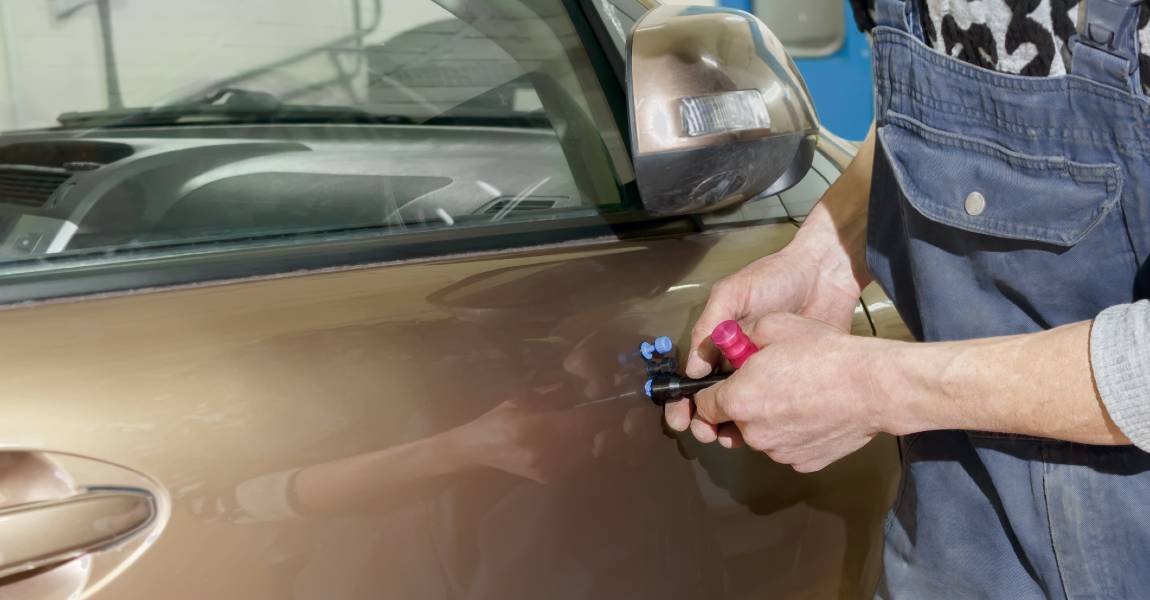
What are the Disadvantages of Paintless Dent Repair?
1. Limited Application: (PDR) is unsuitable for all types of dents and damages. It is primarily effective for small dents and minor damages caused by hail, parking lot mishaps, or door dings. If the dent is too large or deep, or if the paint is damaged, PDR may not be a viable option.
2. Cost: While PDR is generally more cost effective than traditional dent removal methods, it can still be relatively expensive compared to DIY kits or alternative traditional options. The cost of PDR can vary depending on the size and complexity of the dent, the location of the dent, and the expertise of the technician.
3. Time-consuming: PDR requires skilled technicians to meticulously massage and manipulate the dent from behind the panel. This entire process can be time-consuming, especially for more complex dents. Additionally, if the dent is in a hard-to-reach area or requires removing interior panels, it may increase the amount of time it takes to fix.
4. Surface Imperfections: Although PDR aims to preserve the original paint finish, there is a possibility of minor surface imperfections or inconsistencies in the repaired area. While these imperfections may not be noticeable to the untrained eye, they can concern.
5. Skill and Expertise: PDR requires high skill and expertise to correct it properly. If the technician lacks experience or training, there is a risk of causing further damage to the vehicle’s body or paint. Choosing a reputable and skilled dent repair technician is essential to avoid potential mishaps.
Statistics:
- According to a Consumer Federation of America survey, 58% of respondents who had used PDR were satisfied with the results. In comparison, 42% were dissatisfied or had mixed feelings about the outcome.
- The average cost of PDR can range from $75 to $350 per dent, depending on various factors such as the size, location, and complexity of the dent.
- PDR is estimated to save insurance companies millions of dollars each year. In 2019, State Farm reported that PDR saved them over $20 million in claims costs.
- The success rate of PDR largely depends on the skill of the technician. A study published in the International Journal of Engineering Research and General Science found that the success rate of PDR can vary from 70% to 95%, depending on the technician’s expertise and the nature of the dent.
Does it Only Work on Minor Dents and Creases?
No, (PDR) is not limited to only minor dents and creases. While PDR is commonly used to fix minor dents and creases caused by hail damage, parking lot dings, and minor collisions, it can also be effective in repairing larger dents.
The technique involves using specialized tools to carefully massage the dent from the inside out, preserving the original paint finish.
This allows a technician to fix the dents on various parts of the vehicle, including:
- the hood
- doors
- fenders
- larger panels
However, it is essential to note that the success of PDR on larger dents may depend on factors such as the depth and location of the dent and the flexibility of the vehicle’s metal.
Traditional body repair methods may sometimes be necessary for more severe damage. You should consult with a professional PDR technician to see if using PDR for larger dents would be best.
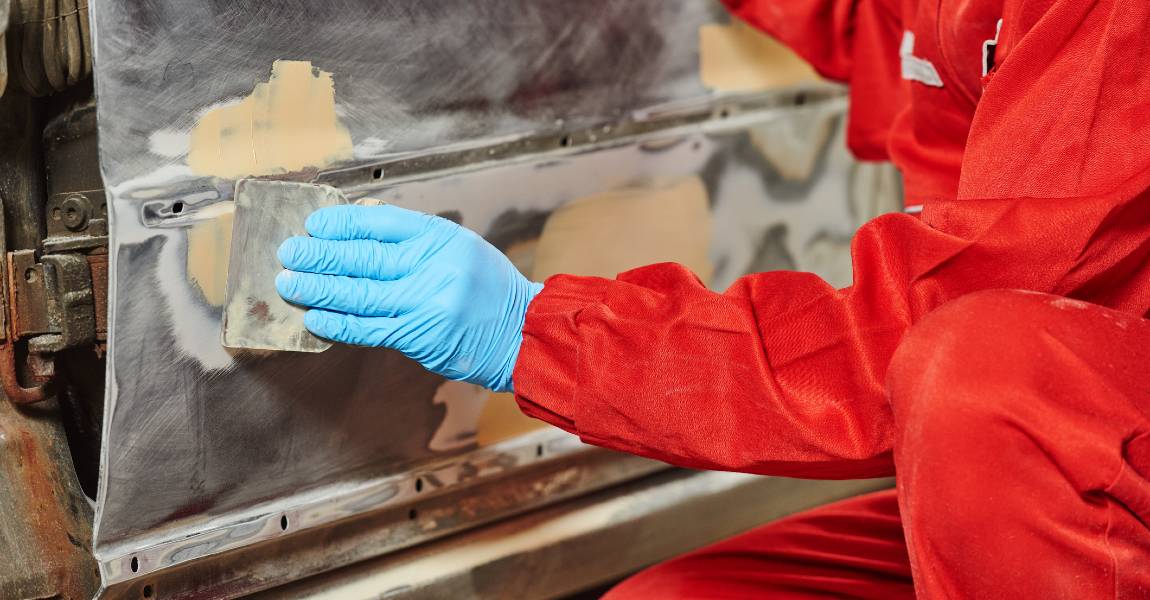
Advantages of Traditional Dent Repair
- Cost-effective: Traditional auto dent repair methods are more affordable than alternative methods, such as (PDR)or replacing the damaged panel entirely.
- Retains original paint: Traditional dent repair techniques focus on restoring the damaged area without affecting the vehicle’s original paint. This helps to maintain the vehicle’s aesthetic appeal and resale value.
- Versatile: Traditional paint repair methods can be used to fix a wide range of dents, including small dings, creases, and larger dents caused by accidents or collisions.
- Reliable and proven: Traditional dent repair techniques have been used for many years and have a track record of success. Both car owners and auto repair professionals trust them.
- Quick turnaround time: Depending on the severity of the dent, traditional dent repair methods can often be completed in a relatively short amount of time, allowing car owners to get back on the road quickly.
Statistics:
- A study by Carfax found that traditional dent repair methods are the most commonly used technique for fixing dents, accounting for approximately 70%.
- In a consumer survey by J.D. Power, 88% of respondents indicated that they prefer traditional dent repair methods over other alternatives, citing reasons such as cost-effectiveness and the ability to retain the vehicle’s original paint.
Sharper Dents and Hail Damage Repair
PDR is a highly effective technique for fixing sharp dents and hail damage on vehicles without traditional bodywork and repainting. This method involves using specialized tools to gently massage and manipulate the dent from the inside, restoring the metal panel to its original shape.
PDR is a cost-effective solution that preserves the vehicle’s original paint finish, maintaining its value and appearance. It is a time-efficient simple process that can be completed quickly, allowing vehicle owners to get back on the road with their dents repaired seamlessly.
Using Body Fillers to Restore Original Form
Using body fillers is an effective method for restoring the original form of a damaged vehicle. By filling in dents, scratches, and other imperfections, body fillers can help to create a smooth and seamless surface, making the vehicle appear as if it were never damaged in the first place.
Disadvantages of Traditional Dent Repair
- Time-consuming process: Traditional dent repair methods often require extensive labor and time to fix a dent properly. The process involves sanding, filling, and repainting, which can take several hours or even days to complete depending on the severity of the dent.
- Costly: It can be quite expensive, especially if the dent is large or requires extensive repairs. The cost includes not only the labor but also the materials needed for sanding, filling, and repainting the affected area.
- Potential damage to the original paint: During the traditional dent repair process, there is a risk of damaging the original paint of the vehicle. Sanding and repainting can sometimes result in color mismatch or uneven texture, which can affect the overall appearance of the car.
- Limited accessibility: Traditional dent repair methods may not be suitable for dents in hard-to-reach areas, such as the edges of panels or areas near the vehicle’s frame. In such cases, it may be difficult to achieve a seamless repair, leading to unsatisfactory results.
- Longer downtime: Due to the time-consuming nature of traditional dent repair, the vehicle may need to be out of commission for an extended period. This can inconvenience the owner, especially if they rely on their vehicle for daily transportation or business purposes.
Conclusion Paintless Dent Repair Vs. Traditional Dent Repair
In conclusion, PDR (Paintless Dent Repair) offers numerous advantages over traditional dent repair methods. It is a cost-effective, time-efficient, and environmentally friendly solution that can restore the appearance of a vehicle without the need for extensive bodywork or repainting. Pro-Tech Auto Shield & Nano Coatings specializes in providing top-notch PDR services, ensuring that your vehicle is restored to its original condition with precision and care.
We encourage you to choose Pro-Tech Auto Shield & Nano Coatings if you require dent repair services. Our skilled technicians are equipped with the latest tools and techniques to deliver exceptional results. With our expertise in PDR and commitment to customer satisfaction, we guarantee that your vehicle will be in the best hands.
Don’t let dents and dings diminish the beauty of your vehicle. Contact Pro-Tech Auto Shield & Nano Coatings today and experience the difference that PDR can make. Restore your vehicle’s appearance and protect its value with our reliable and professional services.




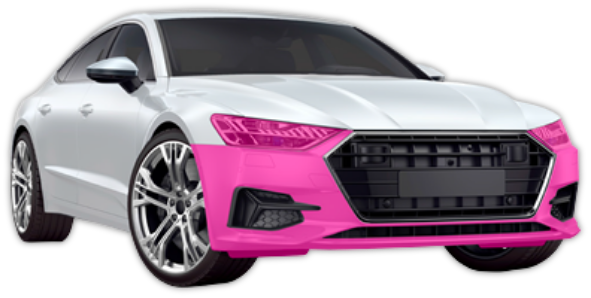
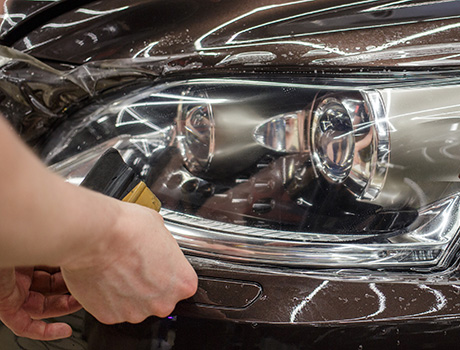

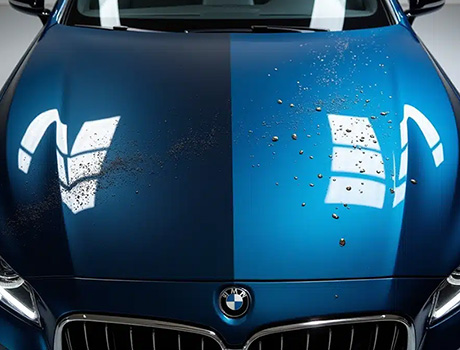
WHAT OUR CLIENTS ARE SAYING